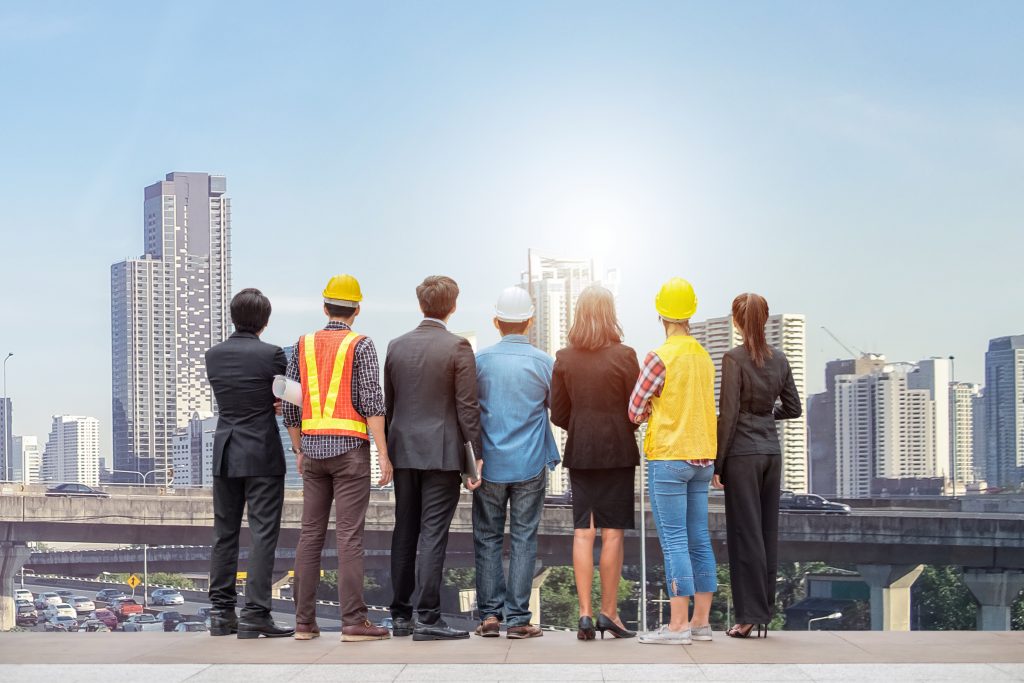Our resources are gradually depleting and it’s time to consider sustainable practices. One such practice includes harvesting rainwater. Due to the shortage of open soil for water absorption, rainwater runs off the surface. Instead, this rainwater can be collected and stored for direct use. If you want to harvest rainwater, it would be best if the necessary infrastructure was to be integrated at the time of house construction. There are two methods of harvesting rainwater – roof-top rainwater harvesting and surface run-off harvesting. Keep reading to know more about rainwater harvesting techniques.
Rainwater Harvesting – An Overview
Rainwater harvesting is a method of collecting and storing rainwater at surface or sub-surface aquifers. Aquifers are underground layers of rock that comprise groundwater. The rainwater must be collected before it gets lost as surface runoff. This artificial resource of water can be harvested whenever you need it.
Typically, rainwater is responsible for naturally replenishing the groundwater. However, when resources are becoming scarce, the groundwater may also deplete. With rainwater harvesting, you can artificially recharge the groundwater system.
Rainwater can be stored for direct consumption. Any surplus water may be recharged to the ground. Systems can also be put in place to only recharge groundwater.
Rainwater harvesting systems can be installed in individual houses, societies, schools, hospitals, industries, etc.
Rooftop Rainwater Harvesting System
One of the most common methods of rainwater harvesting used in construction planning is the installation of rainwater tanks and storage systems. These structures are designed to collect rainwater from rooftops, storing it for later use.
The benefits of rainwater tanks and storage systems are manifold. Firstly, they provide an alternative source of water for activities such as irrigation, flushing toilets, and washing cars. By using harvested rainwater, you can reduce your reliance on traditional water sources, thus conserving water and potentially lowering your water bills. Additionally, rainwater is naturally soft and free from chemicals, making it ideal for watering plants and gardens.
Components of Rooftop Rainwater Harvesting
The following are the main components of a rooftop rainwater harvesting system:
Catchment
Catchment of rainwater harvesting is the surface that receives rainfall directly. Evidently, for rooftop rainwater harvesting, the roof of the house serves as the catchment for collecting rainwater. Note that the roof’s material can impact the rainwater’s suitability. For instance, damaged asbestos roof sheets or roofs covered with lead-based paints can lead to contamination of the rainwater.
Transportation
The rainwater travels from the catchment to the storage unit via the following:
Gutters:
These semicircular or rectangle-shaped structures collect rainwater and transport it to the inflow pipe.
Conduits:
These are PVC or galvanised iron pipes that transport rainwater from the rooftop to the harvesting system.
Mesh Filter:
A mesh filter is fixed at the mouth of the inflow pipe to prevent the entry of debris.
First Flush Device:
This device ensures that debris that was settled in the gutters before rainfall does not end up in the rainwater harvesting system.
Storage Facility
A storage tank collects the filtered water for future use. Rainwater tanks come in various shapes and sizes, including above-ground tanks, underground tanks, and even modular systems that can be easily expanded. These structures are durable, cost-effective, and can hold a significant amount of water, making them ideal for both residential and commercial buildings.
Permeable Surfaces and Percolation Pits for Surface Run-Off Rainwater Harvesting System
Another rainwater harvesting technique is the creation of permeable surfaces and percolation pits. Permeable surfaces are designed to allow rainwater to infiltrate into the ground, replenishing the groundwater table. These surfaces can be made using materials such as permeable pavers, gravel, or even grass. Percolation pits, on the other hand, are excavations filled with porous materials like broken bricks or pebbles. They help facilitate the absorption and percolation of rainwater into the soil.
The benefit of permeable surfaces and percolation pits is their ability to minimise surface runoff and prevent waterlogging. By allowing rainwater to naturally seep into the ground, the risk of flooding is reduced, and the groundwater table is recharged. This technique not only helps improve water scarcity but also promotes soil health and prevents erosion. It’s a win-win for both the environment and your construction site.
Advantages of Rainwater Harvesting
Rainwater harvesting techniques in construction planning offer practical solutions to combat water scarcity and environmental challenges. By adopting these techniques, you not only reduce your dependence on conventional water sources but also contribute to the sustainability of our planet. Rainwater harvesting also provides ecological benefits. It has the potential to reduce flood hazards and soil erosion.
So, take a step towards a more sustainable future and incorporate methods of rainwater harvesting into your construction projects. By doing so, you not only save water and money but also become a part of the solution to combat water scarcity. Together, let us embrace rainwater harvesting as a vital strategy for construction planning and create a better world for ourselves and future generations.
Planning to take a step towards sustainability? You can build your rainwater harvesting storage systems with the Super Protect Cement from JK Cement, one of the leading cement companies in the country.
FAQs
What is rainwater harvesting?
Rainwater harvesting is the practice of collecting and storing rainwater for various potable and non-potable purposes.
What are the advantages of using rainwater tanks and storage systems?
Rainwater tanks and storage systems provide an alternative source of water, reduce reliance on municipal water supplies, conserve water, and can be used for various purposes such as irrigation, toilet flushing, and washing cars.
How does rainwater harvesting contribute to sustainability?
Rainwater harvesting reduces the strain on traditional water sources, conserves water, promotes self-sufficiency, reduces flooding risks and helps in maintaining a sustainable water supply.
Are there any cost benefits to implementing water harvesting methods in construction planning?
Yes, water harvesting methods can result in potential cost savings by lowering water bills and reducing the need for costly infrastructure to meet water demands.
How can individuals and communities promote rainwater harvesting?
Individuals and communities can promote rainwater harvesting by raising awareness, sharing information, providing access to resources and incentivising the adoption of rainwater harvesting techniques in construction projects.














